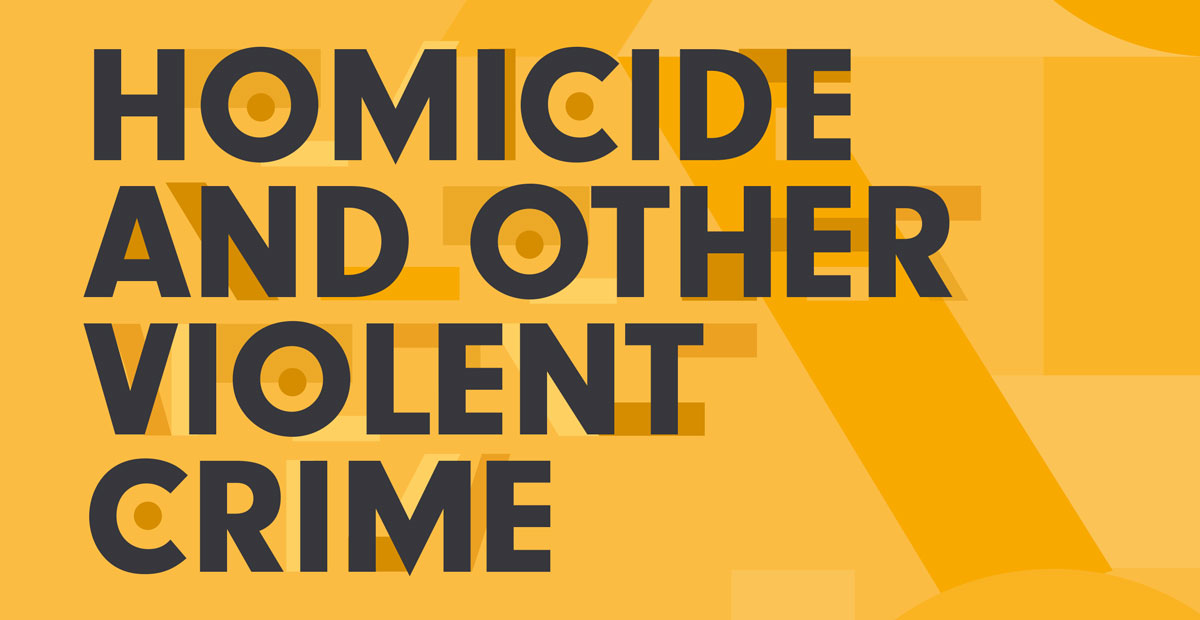
Este blog forma parte de la serie "Estableciendo Conexiones". Cada blog se centra en una forma específica de violencia.
Este año, Equimundo y Fundación Oak lanzaron Normas masculinas y violencia: estableciendo conexiones, un nuevo informe que examina los vínculos entre las normas masculinas dañinas y ocho formas de comportamiento violento.
Si bien no hay nada inherente a ser hombre que impulse la violencia, la forma en que socializamos a los niños en sus identidades como hombres y lo que esperamos de ellos —es decir, las normas sociales de masculinidad— está innegablemente vinculado a la violencia. De hecho, a menudo se cría, socializa y se anima a los niños y a los hombres a usar la violencia de alguna forma; en general, los hombres y los niños tienen una probabilidad desproporcionada de perpetrar la mayoría de las formas de violencia y de morir por homicidio y suicidio. Sin embargo, la investigación afirma que esta violencia es prevenible, la igualdad de género es alcanzable y las normas e ideas no violentas sobre la masculinidad son prevalentes y poderosas.
This fifth blog in the Estableciendo las conexiones series focuses on homicide and violent crime. It breaks down the facts on the issue, its linkages to other forms of violence, and recommendations for action.
Homicide and Violent Crime
Los hechos
Globally, homicide is predominantly a male phenomenon. Men are more likely both to commit and to die by homicide than women are, by significant proportions and across all age ranges and geographic regions. Additionally, mass killings – previously an occurrence that took place a few times every decade – have been increasing in the United States since the 1970s.
With regard to other violent crime (apart from forms of violence addressed elsewhere in the report), decades of research demonstrate that men and boys are more likely to be perpetrators and victims than women and girls. Public violence is a common occurrence for men: Datos de IMÁGENES from six countries show that 3 to 36 percent of men reported participating in a robbery and 5 to 22 percent of men reported participating in fights.
Los enlaces
Men and boys often use crime in various ways to demonstrate or prove their achievement of a certain form of masculinity. There has been a growing evidence base for understanding many forms of violent criminal behavior as innately linked with performances of hegemonic masculinity, alongside calls for increasing complexity in this analysis.
Men’s disproportionate likelihood to perpetrate homicide and violent crime is not biologically driven. Rather, these patterns are much more complex, including a significant influence of masculine norms, social dynamics, and life conditions.
Las intersecciones
The research overwhelmingly and consistently shows that it takes a preponderance of factors – if not an involved, intentional effort – to turn individual men into those who have killed. Researchers have studied how extreme trauma, humiliation, and shaming are nearly always part of the making of men who kill. Other studies have shown how the effects of particularly difficult childhoods and damaging relationships distort a human propensity not to kill others.
Research on men who have carried out mass killings in the United States varies but tends to point to a cluster of causes. Factors such as ubiquitous access to guns, undetected mental illness, social isolation, having experienced homophobic bullying, economic stress or grievance about losing something to which they feel entitled – such as jobs, prestige, privilege, or access to female partners – all combine with harmful masculine norms to increase the likelihood of pursuing this form of extreme violence.
De la teoría a la práctica
Efforts to prevent homicide and other violent crime with an explicit masculinities lens are rare around the world. Initiatives aiming to prevent homicide and violent crime should focus on the following transformations of harmful masculine norms:
- Engage men and boys in discussions about the connections between tradition- al masculinities, violence, and negative consequences.
- Use nonviolent male role models in programming who are similar to participants in age and other demographic factors, in order to provide participants with an approachable, positive peer leader.
- Provide a safe space for men and boys to practice nonviolent forms of masculinity and to encourage male bonding and community building.
Lea el resto del Estableciendo las conexiones blog series to learn more about intimate partner violence; physical violence against children; child sexual abuse and exploitation; bullying; non-partner sexual violence; suicide; and conflict and war.
